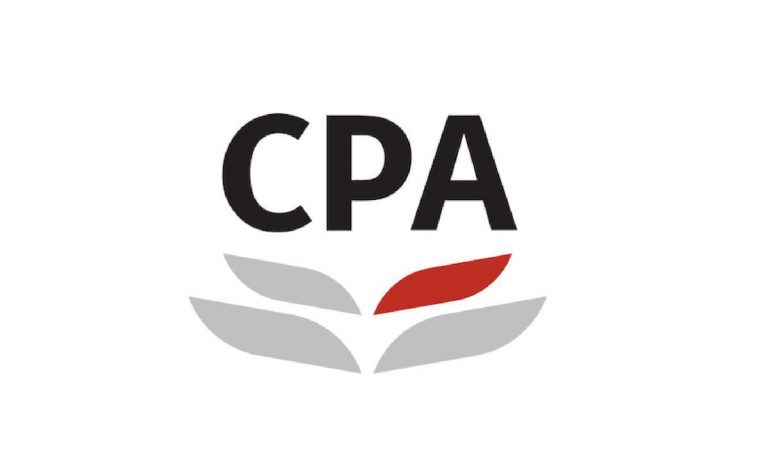Digital marketing is growing in importance for all organizations – including business to business (B2B). Has your organization developed a successful B2B digital marketing strategy? If not, make sure it includes the following.
Strategies
Whatever your end goal, you need to start with a content marketing strategy. A good content strategy will set out how you intend to use various types of content and distribution channels to deliver your desired outcome. According to the Content Marketing Institute, 63 percent of B2B marketers don’t have a documented content strategy. This is surprising. A documented strategy not only avoids duplication and wasted resources, but ensures that all stakeholders are aligned on objectives, responsibilities and accountability. Remember, different campaigns require different strategies, so start by identifying your goals.
With your content strategy in place, your next step should be an editorial calendar to help stay on track and map topics, formats and channels.
Having a digital marketing strategy will help you meet your objectives through online marketing techniques. The strategy should start with an analysis of your current capabilities and set out your goals.
Measurement and analytics
Once you have put your strategy in place, you’ll need to know if it’s working. The only guaranteed way to measure success is to look at the numbers. Good data will help you understand where you started, where you are, and where you’re heading.
For content amplification campaigns, the primary objective is ongoing engagement with your audience and them returning to read new content – tracked through a metric like new vs. returning users. There is no shortage of tools out there to help you collect and analyse data. Here are some suggested core tools:
- Web: Full suite marketing analytics tools track metrics such as page views and acquisition channels (where your visitors are coming from). Among the most popular tools are Google Analytics and Adobe Analytics.
- Social media: On social media you must keep track of your engagement rates, and how different posts and content formats, such as how videos or text, perform. These tools are built into the platform and are generally easy to use, while for the advanced user tools such as Sprout Social, Buffer and Hootsuite can display all your social channels on one dashboard.
- Social listening: Tools such as BrandWatch and Mention can help track mentions, keywords or hashtags across channels including social media and news site. This can keep you better informed of how your audience perceives your business.
The real value of marketing analytics is uncovering what’s behind the numbers: how your content and activities contributed to that spike (or drop) in page views and click-through-rates.
Search engine optimization
Search engine optimization (SEO) enables search platforms to better understand your website and match it to relevant search queries, with the goal of directing more organic traffic (rather than paid traffic) to your website. This can help create more awareness of your brand or services – ultimately becoming a lead generation mechanism.
With ever-changing algorithms, SEO has become a complex job. However, the beauty of SEO is that it requires a holistic approach focusing on the quality of content and how useful, original, and most importantly, how well it satisfies the reader’s intent. The more your content fulfils the reader’s needs, the higher it will rank.
SEO techniques include:
- A keyword strategy (the words your target audience search for). Popular keyword research tools include SEMRush and Ahrefs and you can supplement your research with Google Trends or Answer The Public to find trending topics.
- Optimizing your website loading speed.
- Acquiring backlinks (websites linking to your pages). A longer-term process, usually centred on outreach efforts to site owners or getting links from online directories and resource pages. Backlinko, a popular digital marketing website has a definitive link-building guide.
If your content doesn’t provide any value, you are limiting your chances of getting backlinks. So, focus on your content!
Search engine marketing
Search engine marketing (SEM) is an online advertising technique that allows marketers to bid on selected keywords and have their website listed in the search results when a keyword is part of a search. For a B2B business SEM is best used for brand awareness and content reach amplification. Display network campaigns are usually a good fit – just avoid pop-ups at all cost.
Social media
Social media platforms cater to different audiences. While it may seem easier to create an account on every platform, it’s much more effective to find those platform(s) which match your brand and objectives.
Finally, a well-defined and documented social media policy serves as an operational framework, governing behaviour, delegating responsibilities and outlining an escalation process in the case of social media emergencies. Having one in place will most likely minimize the risk of a social media crisis.
There’s a lot to consider, but if you do your research, have the courage to experiment – and use data to guide your decisions – you should soon find the right mix to suit your organization’s goals.











